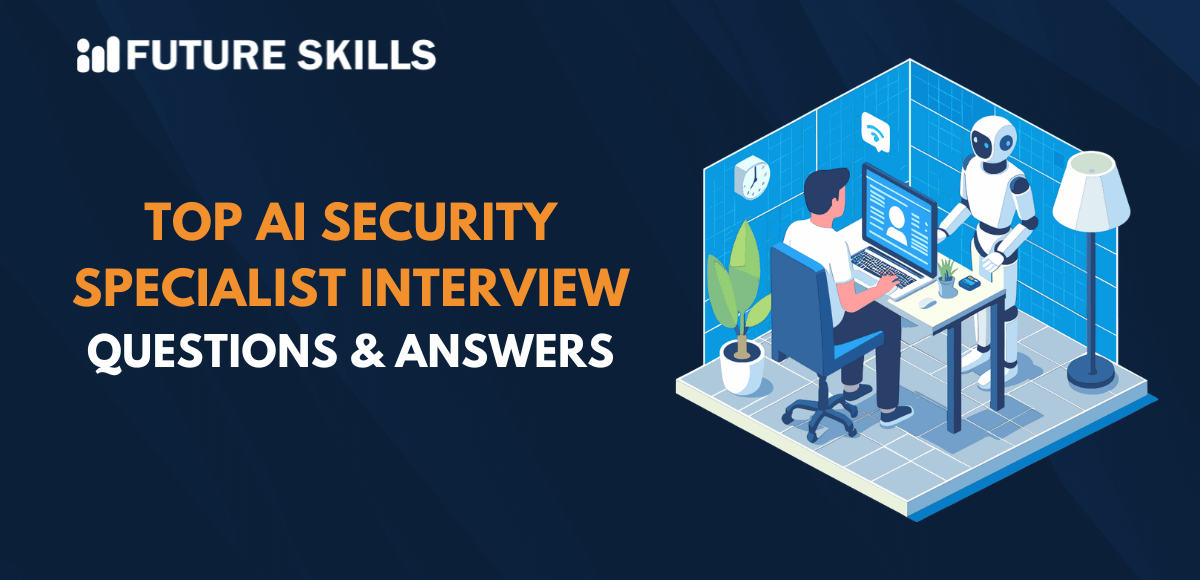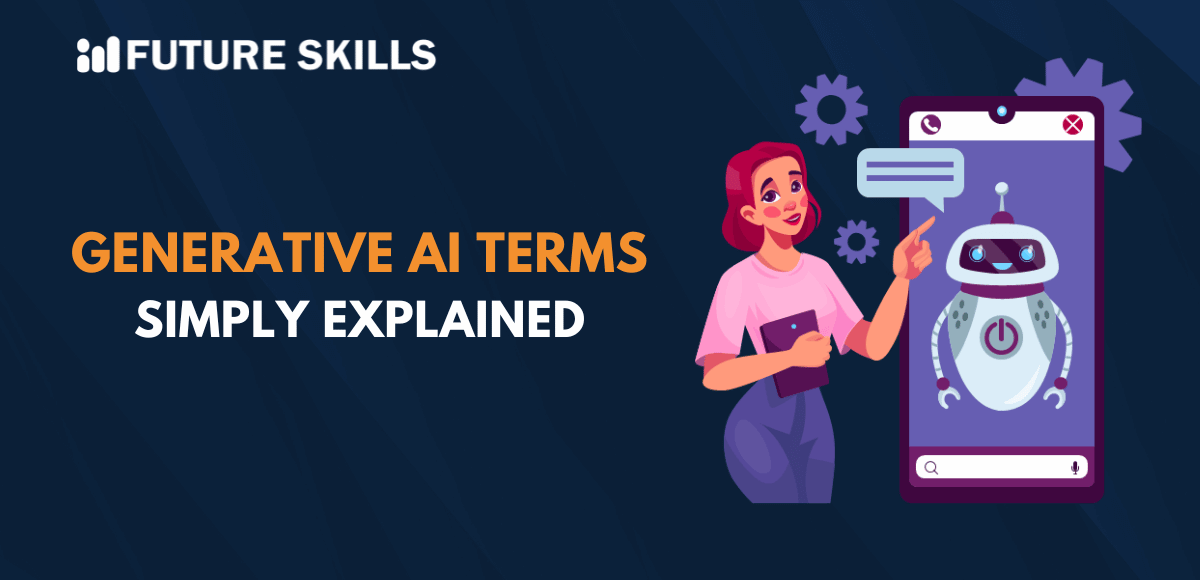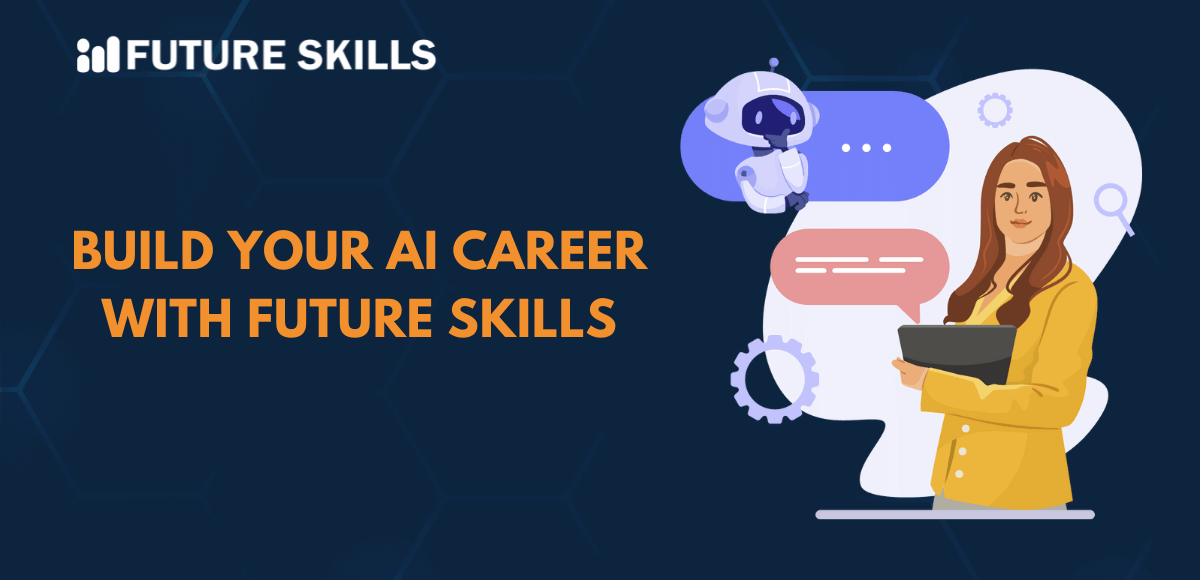The continuously growing AI landscape has been introducing new advancements to democratize AI. Elon Musk, one of the prominent technology leaders in the world right now, has established XAI. It has gained recognition as a popular AI research company.
The Grok-1 AI model launched by XAI in November 2023 has now become open-source. Elon Musk announced that Grok-1 would be open source from March 17, 2024, on the XAI official website. Grok is a powerful AI model created along the lines of the Hitchhiker’s Guide to Galaxy. It can offer the capabilities to answer any type of questions.
Interestingly, it can also recommend valuable suggestions about the types of questions you may ask an AI model. On top of it, Grok’s design makes it respond with wit. In addition, it can also add a bit of humor to them. Let us learn more about Grok-1 to find out what it can achieve.
Become an AI professional with Certified AI Professional (CAIP)™ Certification and achieve your career goals with ease.
What Should You Know about Grok-1 Becoming Open-Source?
Before you dive deeper into this Grok-1 guide, it is important to know the details of its open release. XAI released the weights and architecture of Grok-1 in the public domain in March 2024. Grok-1 is the large language model developed by XAI with 314 billion parameters and a Mixture-of-Experts model architecture. XAI has trained Grok-1 from scratch, thereby ensuring that it stands out in the LLM market.
The open-source announcement marks a raw base model checkpoint after the Grok-1 pre-training phase that was completed in October 2023. Therefore, it clearly suggests that Grok-1 has not been fine-tuned for specific applications, such as dialogue. XAI has released the architecture and weights of Grok-1 in accordance with the Apache 2.0 license.
Here are the prominent details of Grok open-source model that you must keep in mind as you learn more about it.
- The model includes 314 billion parameters and uses a mixture of experts or MoE architecture, which utilizes 8 experts. It ensures that 25% of the weights are active for a specific token.
- The base model of Grok has been trained by using a massive collection of text data without fine-tuning for specific tasks.
- Grok-1 has been trained by XAI from scratch by leveraging a custom training stack over Rust and JAX in October 2023.
The Grok chatbot offers a promising advantage of real-time access to information about the world through the social media platform X. It can also answer unconventional questions that other AI systems are likely to reject. Even with 2 months of training, Grok has achieved significant improvements and will continue growing with the contributions of the open-source community.
Why has XAI Developed Grok?
The popularity of different LLMs, such as ChatGPT and Gemini, has led to a rise in discussions about reasons why XAI developed Grok. The curiosity about answers to “How do I use Grok-1?” suggests that XAI aims to develop AI tools for supporting humanity in pursuing knowledge and a better understanding of the world around you. The development of Grok and enhancements in the AI model have focused on specific objectives.
First of all, the XAI team wants to collect feedback alongside ensuring the development of AI tools that can offer a broad range of advantages to users. It is also important to design AI tools that can help people from different backgrounds with diverse political views. In addition, Grok-1 AI also empowers users to leverage AI tools in accordance with the law. The primary goal of XAI revolves around exploring and demonstrating the new approach to the public.
The team at XAI also focuses on empowering research and innovation with Grok. They aim to make Grok work as a powerful and productive research assistant. It can help with faster access to relevant information and data processing alongside generating new ideas. XAI claims that Grok’s primary objective is to support the pursuit of knowledge.
Learn ChatGPT with our popular Certified ChatGPT Professional (CCGP)™ course and make the most of it at your work by becoming more productive and innovative.
How Does Grok-1 Perform on Different Benchmarks?
Grok-1 is the engine that drives Grok. It is Grok’s flagship LLM, which has been developed consistently in the last few months. The Grok-1 guide also emphasizes how the LLM has been through different iterations over the course of time. Interestingly, the work on Grok-0 started as a prototype immediately after the foundation of XAI by leveraging 33 billion parameters. The early model competes with Llama 2 capabilities on different conventional language model benchmarks, albeit with half of the training resources.
During the pre-training phase of Grok-1, XAI has achieved significant enhancements in coding and reasoning capabilities. Therefore, Grok-1 has emerged as a state-of-the-art language model, which has more power. It achieves a score of 73% on MMLU benchmark and 63.2% on HumanEval benchmark for coding tasks.
If you have questions regarding queries like “How do I use Grok-1?”, then you must know about the enhancements in Grok-1’s capabilities. The XAI team has implemented different types of assessments by leveraging standard machine learning benchmarks tailored for measuring reasoning and mathematical abilities.
Here are some of the top benchmarks and the associated tasks on which Grok-1 has been evaluated for performance.
-
MMLU
The MMLU benchmark checks the performance of Grok chatbot on multidisciplinary multiple-choice questions with 5-shot in-context examples.
-
MATH
The MATH benchmark for Grok-1 is ideal for testing the performance of middle school and high school-level mathematics problems in LaTeX by using fixed 4-shot prompts.
-
GSM8K
Grok-1 language model uses the GSM8K benchmark for math word problems at middle school level by leveraging chain-of-thought prompting.
-
HumanEval
HumanEval is another promising benchmark for tasks to complete Python code with zero-shot prompts.
The Grok open-source announcement has gained popularity on the basis of these benchmarks to showcase effective results as compared to other models. The only models that have surpassed Grok include the ones that have been trained by leveraging a bigger collection of training data alongside compute resources such as GPT-4. It can showcase the significant progress that XAI has made in LLM training with unparalleled efficiency.
What is the Technical Infrastructure that Powers Grok?
Grok is at the forefront of deep learning research with a reliable infrastructure that has been developed with special attention to learning algorithms and datasets. XAI created Grok by using a custom tech stack for training and inference and leveraging Rust, JAX, and Kubernetes.
The capabilities of Grok-1 AI emerge from uninterrupted LLM training. The developers have paid attention to different ways in which GPUs can fail, such as manufacturing defects, incorrect configuration, occasional random bit flips, loose connections, and degraded memory chips. During the training of Grok, the developers synchronized training process across multiple GPUs, thereby creating prospects for scalability of failure modes.
Grok has addressed such challenges by employing a collection of custom-distributed systems. As a result, Grok can help achieve faster identification of all types of failure and automatic management of the issues. The developers and researchers at XAI have invested efforts in ensuring effective use of computing resources. With its unique infrastructure, Grok has reduced downtime alongside the maintenance of better model flop utilization, even with faulty hardware.
Another important highlight in the Grok-1 guide points to the use of Rust in its framework. Rust is an ideal pick for infrastructure development with the assurance of scalability, ease of maintenance, and reliability. It offers the assurance of better performance and a rich ecosystem alongside preventing most of the bugs that you can come across in distributed systems. Rust offers confidence in using code refactoring or modification to generate working programs that can operate uninterrupted for months with limited supervision.
How Will Grok Shape Up in the Future?
XAI has empowered Grok with accessibility of real-time information and search tools. However, Grok chatbot can still come up with contradictory or false information like other LLMs trained for next-token prediction. Therefore, the most important priority in research for shaping the future of Grok would focus on ensuring reliable reasoning to resolve limitations associated with current systems.
First of all, XAI aims to offer scalable oversight alongside the support of assistance from different tools. The AI tutors by XAI can help in providing accurate oversight with the help of their models.
The future of Grok would also introduce capabilities for long-context understanding alongside information retrieval. You can also expect adversarial robustness in LLMs with the growth of Grok-1, alongside the introduction of new monitoring systems and reward models.
One of the revolutionary advancements expected in the future of Grok open-source model would be the assurance of multimodal capabilities. It can help in expanding the uses of Grok for a broad range of applications, such as real-time assistance and interactions.
Final Words
The introduction of Grok-1 as a powerful language model has created ripples in the AI industry. With the announcement to make Grok-1 AI open source, XAI has set a formidable precedent for language models. The impressive performance of Grok-1 on different benchmarks has proved that it is a powerful contender to its peers, such as GPT-3.5.
On top of it, XAI researchers have also planned to introduce new capabilities, such as adversarial robustness, long-context understanding, and information retrieval. Discover new insights on Grok-1 and how it may mark a new milestone in the domain of LLMs right now.
Our Certified AI Professional (CAIP)™ course is one of the best-accredited AI courses available online. Enroll in this course and experience the transformation in your professional life.






